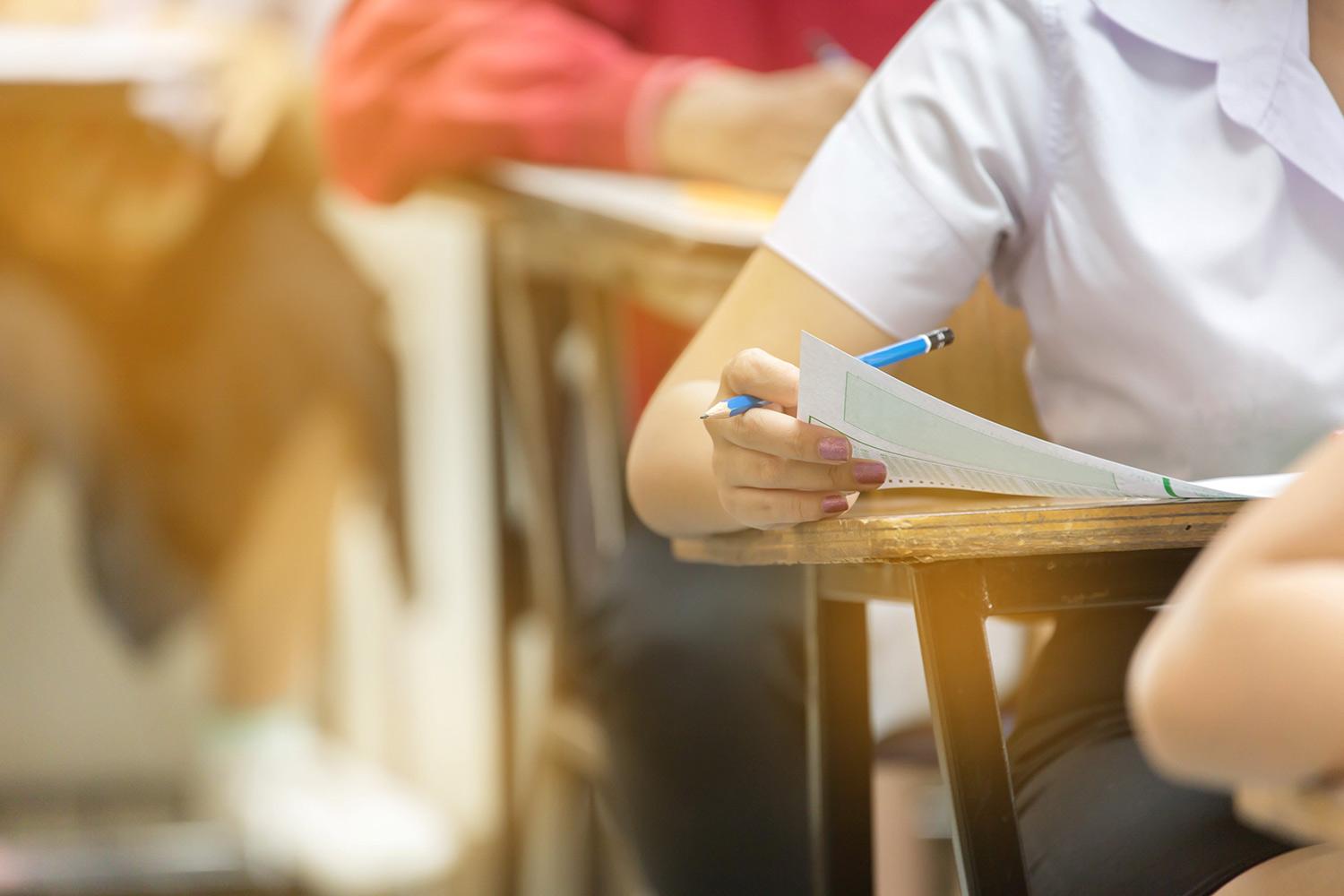
LSMS School Improvement Plan 24-25
School Improvement Plan 24-25

School Improvement Plan 24-25
We are chasing continuous academic growth and a robust culture for learning by nurturing positive relationships and implementing effective and engaging instructional experiences.
We commit to:
- excellent instruction through universal use of three of our nine LSSD instructional strategies
- strengthening the effectiveness of our Collaborative Educator teams
- achieving equitable outcomes for each student through effective use of Student Growth Goals
By committing to these things, we will achieve the following:
ELA:
- 6th grade: 61% will perform at level 3 or higher on the Spring 2025 ELA SBA from 56% in Spring 2024. On the STAR assessment, students below grade level will demonstrate high growth, and those at/above grade level will show typical growth.
- 7th grade: 65% will perform at level 3 or higher on the Spring 2025 ELA SBA from 61% in Spring 2024. On the STAR assessment, students below grade level will demonstrate high growth, and those at/above grade level will show typical growth.
Math
- 6th grade: 45% will perform at level 3 or higher on the Spring 2025 Math SBA from 40% in Spring 2024. On the STAR assessment, students below grade level will demonstrate high growth, and those at/above grade level will show typical growth.
- 7th grade: 41% of 7th graders will perform at level 3 or higher on the Spring 2025 Math SBA from 36% in Spring 2024. On the STAR assessment, students below grade level will demonstrate high growth, and those at/above grade level will show typical growth.
Science: 80% of students will meet standard on science classroom-based unit assessments. Students not meeting standard on the Fall CER unit writing assessment will show growth in the area of reasoning on the writing rubric.
Sense of Belonging: 64% of students will communicate that they feel an above average sense of belonging as measured by the Spring Panorama survey from 59% scoring at level 4 or higher last spring. 82% of LSMS students previously surpassed the district goal scoring at level 3 or higher last spring.
Multilingual Learners: We will increase our English learner progress rate (improving from 1 to 2) as measured by the Washington School Improvement Framework.
Attendance: 80% of students will demonstrate positive attendance from 72% last spring. Positive attendance for the multilingual learner subgroup will improve from 71% last spring. Positive attendance for the special education subgroup will improve from 54% last spring.
We will monitor our progress during the year through:
- Observation of Collaborative Educator Teams as they plan and implement common instructional strategies and formative classroom-based assessments to support areas of need as determined by STAR assessments 3x/year, classroom-based assessments and student survey feedback related to student behavior and SEL skills.
- Data Team monitoring and responding to literacy, math and attendance data specifically for our multilingual learners, students with disabilities and students designated for LAP services.
- PBIS Team monitoring and responding to SWIS behavior referral data and anecdotal staff feedback based on their observations of students and their SEL needs as well as PROMPT and Homeroom implementation fidelity data.
- Observing implementation fidelity of GLAD strategies to support vocabulary instructional routines and multilingual learner English progress.
Our Tier One Strategies -- we commit to excellent instruction through the universal use of
1. Talk 10/Reflect 2
2. Vocabulary Instructional Routines
3. Morning Meetings
Homeroom class structure:
Daily News
Greeting
Sharing
Activity
Collaborative Educator Team Work
Our Collaborative Educator Teams (CETs) will plan instruction with a focus on vocabulary routines, tiered supports to meet the needs of various learners, and engaging opportunities for student discourse. Common formative assessment results will be analyzed to inform tier one and classroom-based tier two instruction and interventions for the following unit.
We will achieve equitable outcomes for students......
through the use of revised Student Growth Goals which are part of our teacher evaluation system as well as our Collaborative Educator Team meeting outcomes. Personal identities, cultures, strengths, interests and needs will be taken into account as we focus growth goals on specific units by subject area standards. Teachers will work with evaluators to engage in meaningful conversations and partner with administrators to work towards equitable outcomes for students.
February check in:
At the mid-year point, here is where we are...
June check in
At the end of the year, here is how we did, and the start of our plan is for next year






